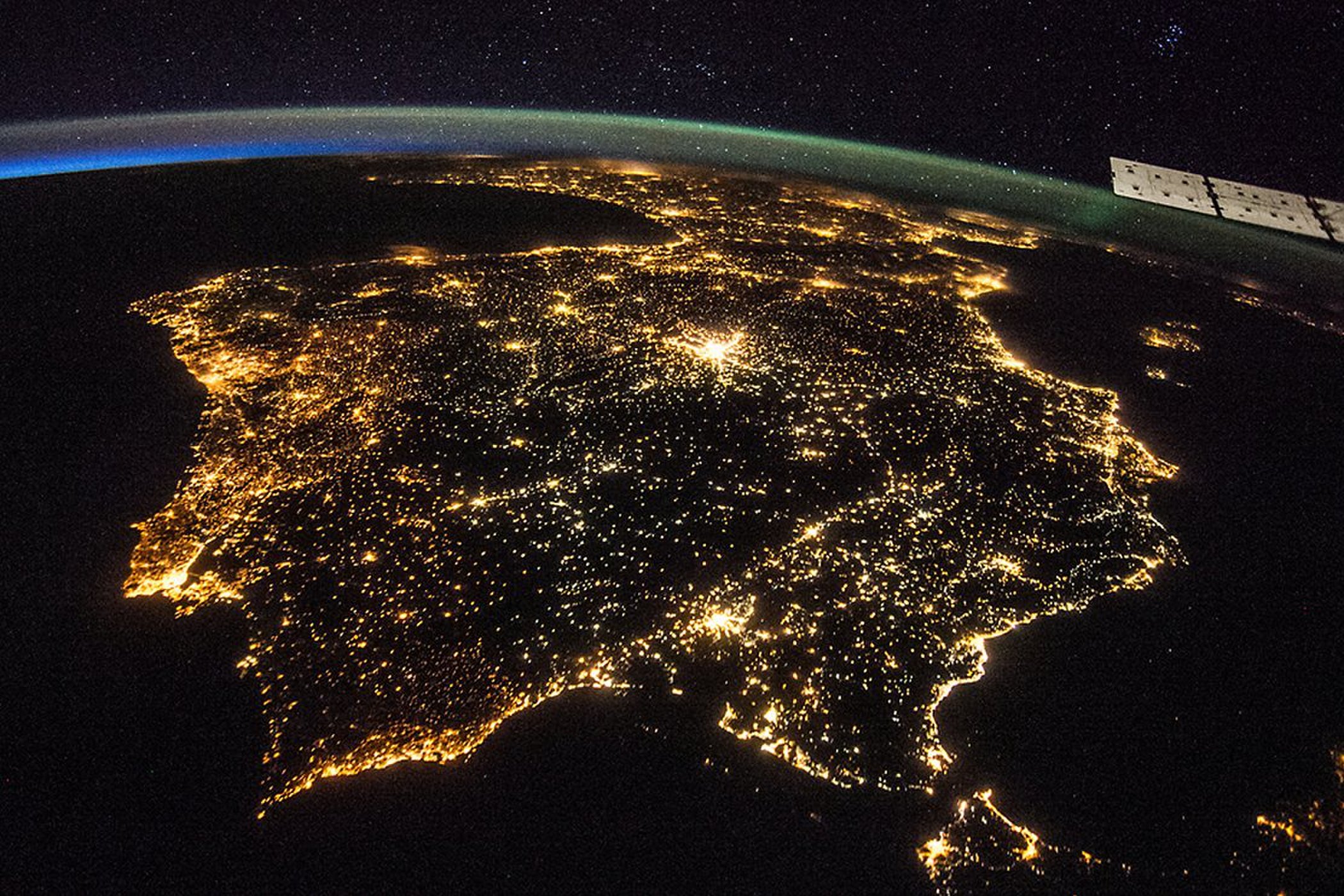From space.com…
“[Light pollution] threatens biodiversity through changed night habits, such as reproduction or migration patterns, of many different species: insects, amphibians, fish, birds, bats and other animals,” Hölker said. “And it can even disrupt plants by causing … late leaf loss and extended growing periods, which could of course impact the composition of the floral community.”
High levels of artificial light may also impact health in humans by reducing the body’s production of melatonin, a hormone that can affect things like the body’s immune system, mental health and fertility. It also reduces people’s ability to see stars and celestial objects, which astronomers and social scientists argue has a negative impact on culture and science. It’s estimated that about one-third of the world’s population cannot see the band of the Milky Way galaxy at night, due to light pollution. That includes 80 percent of people living in North America.
The researchers said they hope their research can be used in efforts to initiate policy changes that combat light pollution. Kyba is involved with the International Dark-Sky Association, which is taking steps to fight this problem.
The paper appears today (Nov. 22) in the journal Science Advances.
Please note the uses of the words “can” and “could.”
I would agree with the argument that nocturnal creatures would have a problem with the absence of a night cycle. However, with that being said I also believe that those creatives would evolve just as we’ve always done. The environment we live in is ever changing. Evolution is a constant process.
The article in space.com paints a picture that is far from reality. We are in no danger of having a Coruscant style of planet nor are we close.
Sometimes, I really think scientists as a whole are just trying to justify their own existence instead of helping mankind.
Someone probably paid real money for this research and that is just sad.

